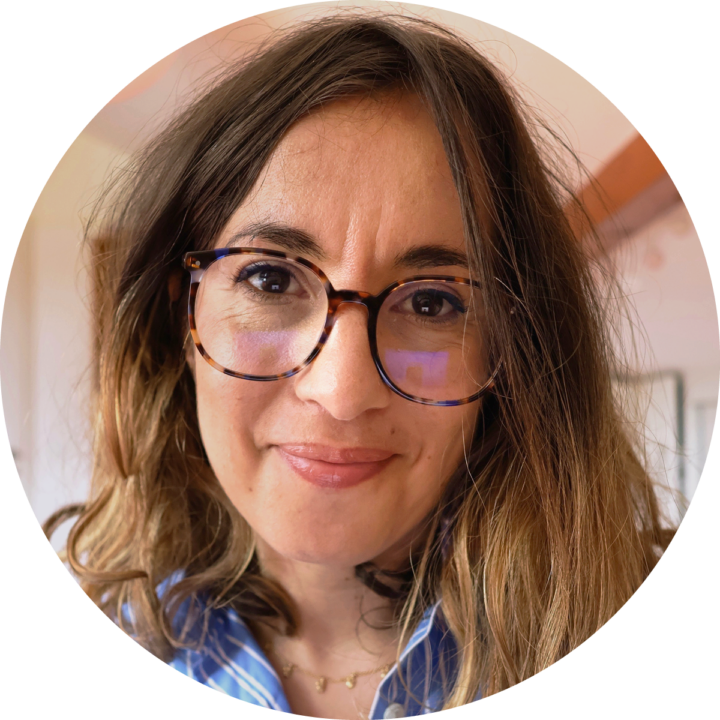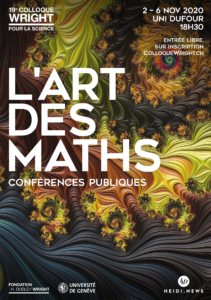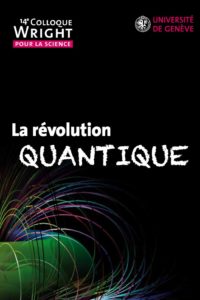November 4, 2024 - 18:30
The making of a true second

Jean-Philippe Uzan
CNRS Professor, Paris Institute of Astrophysics
Time is a central dimension of our universe. Phenomena evolve – in other words, there is a clear demarcation between the past, present and future. The history of time and physics is a long one, full of twists and turns and unexpected discoveries. Astronomy, with the cycles of the Moon and the Earth’s diurnal rotation, provided the first measurements of long time, leading to the first definition of the second. The story of how a naval disaster shifted astronomical time towards quantum time, and the quest for ever more precise watches should also be told. The dials of our watches, however, retain the memory of the diurnal drift of the stars. To understand movement, it was also necessary to mathematise time to fit it into our equations. This led to the Newtonian and Einsteinian revolutions of special and general relativities. Along the way, many questions, both practical and theoretical, led to advances in all areas of physics. What is a watch? How was the first watch made, and what ensured that it always measured the same time? Can we be sure that all clocks measure the same time? How can a clock be used to measure gravitation and test general relativity? Today, atomic clocks are the most precise tools in physics, and the CIPM – International Committee of Weights and Measures is considering a new definition of the second.
November 4, 2024 - 18:30
Venue : Uni Dufour
Free entrance
Simultaneous translation in French and English will be available























